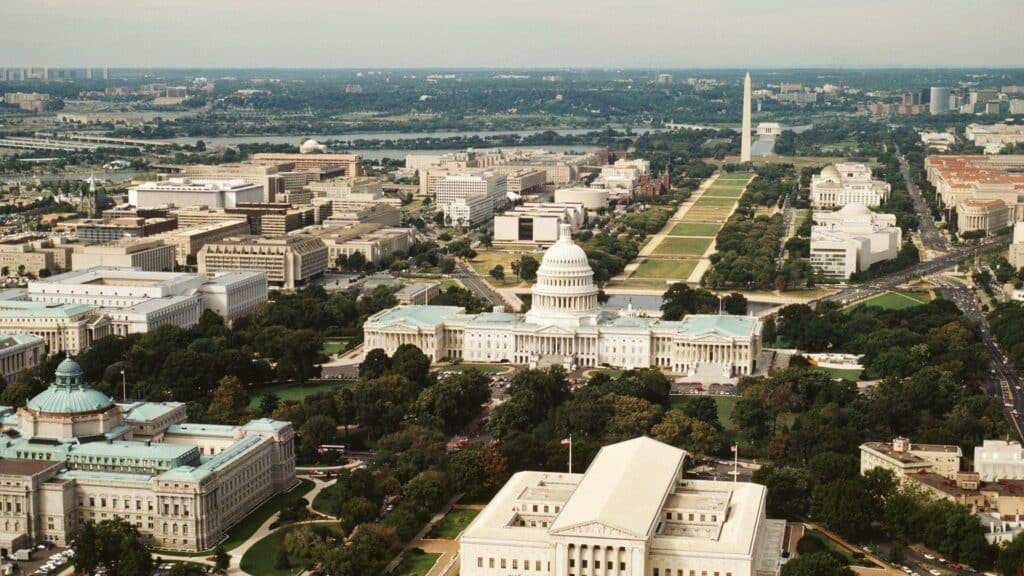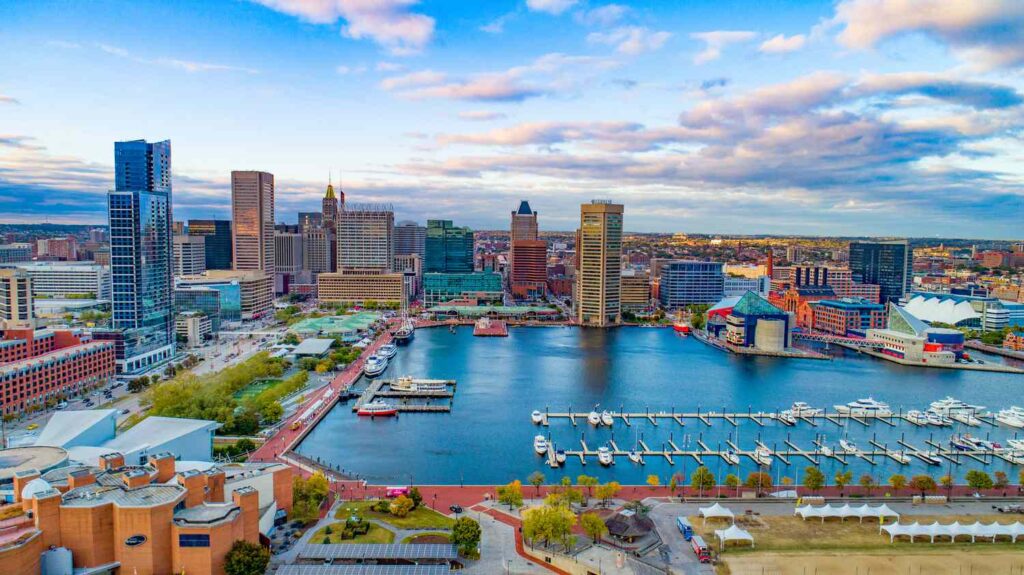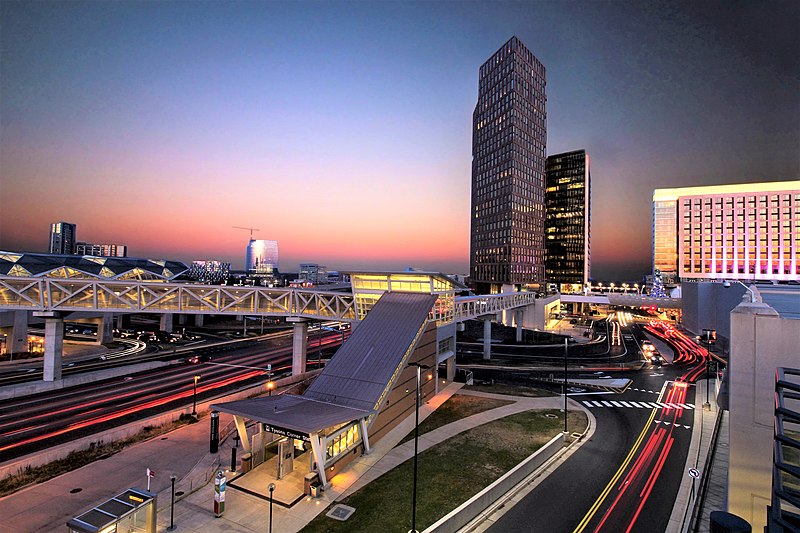
Key Takeaways
- Permits are essential for ensuring that construction and renovation projects comply with local building codes and safety regulations.
- The permitting process involves several steps, including determining the need for a permit, preparing and submitting an application, undergoing review, obtaining the permit, and scheduling inspections.
- Each jurisdiction (Washington, DC, Maryland, and Virginia) has specific requirements and procedures for obtaining permits.
- Planning ahead, hiring professionals, staying informed, keeping records, and following the rules can help ensure a smooth permitting process.
Embarking on a construction or renovation project in the DMV (District of Columbia, Maryland, and Virginia) area can be both exciting and overwhelming. One of the most critical aspects of any construction project is navigating the permitting process. Whether you’re a homeowner looking to make improvements or a builder managing multiple projects, understanding the intricacies of the permitting process is essential.
This guide compiled by Brickfront’s Local Washington DC Construction will provide you with a comprehensive overview of the DMV permitting process to ensure your project runs smoothly and complies with all regulations.
Understanding the Importance of Permits

Permits are legal documents issued by local government agencies that allow you to carry out specific construction or renovation work. They ensure that your project complies with local building codes, zoning laws, and safety regulations. Obtaining the necessary permits protects you from legal issues, fines, and potential hazards that could arise from non-compliance.

The Permitting Process in Washington, DC

Step 1: Determine if You Need a Permit
Before starting any work, you need to determine if your project requires a permit. In Washington, DC, permits are generally required for:
- New construction
- Additions to existing buildings
- Structural changes
- Electrical, plumbing, and mechanical work
- Significant alterations or repairs
Minor repairs and cosmetic changes may not require a permit, but it’s always best to check with the Department of Consumer and Regulatory Affairs (DCRA) to confirm.
Step 2: Prepare Your Application
Once you’ve determined you need a permit, gather all necessary documents for your application. This typically includes:
- Completed permit application form
- Site plans or architectural drawings
- Construction plans
- Proof of property ownership
- Contractor information
Step 3: Submit Your Application
You can submit your application online through the DCRA’s online permitting system. Be prepared to pay the required fees at the time of submission.
Step 4: Application Review
The DCRA will review your application to ensure it complies with all applicable codes and regulations. This review process can take several weeks, depending on the complexity of your project.
Step 5: Permit Issuance
If your application is approved, you’ll receive your permit. Make sure to display the permit at the job site where it is visible from the street.
Step 6: Inspections
Throughout your project, you will need to schedule inspections to ensure the work is being done according to code. The DCRA will specify which inspections are required for your particular project.
Step 7: Final Inspection and Approval
Once the work is completed, a final inspection is conducted. If everything meets the required standards, you’ll receive a certificate of occupancy or completion.
The Permitting Process in Maryland

Step 1: Determine if You Need a Permit
In Maryland, the types of projects that require permits are similar to those in DC. Contact your local county’s permitting office to verify if your project needs a permit.
Step 2: Prepare Your Application
Gather necessary documents, which typically include:
- Permit application form
- Site and construction plans
- Proof of property ownership
- Contractor details
Step 3: Submit Your Application
Submit your application either online or in person at your local permitting office. Fees vary by county and project type.
Step 4: Application Review
Your application will undergo a review process to ensure compliance with local codes and regulations. The timeline for this review varies by county.
Step 5: Permit Issuance
Upon approval, you’ll receive your permit. Display it at the job site.
Step 6: Inspections
Schedule and pass required inspections throughout the construction process.
Step 7: Final Inspection and Approval
A final inspection will be conducted upon project completion. If all work meets code requirements, you’ll receive a certificate of occupancy or completion.
The Permitting Process in Virginia

Step 1: Determine if You Need a Permit
Similar to DC and Maryland, Virginia requires permits for various construction and renovation projects. Check with your local county or city’s permitting office for specific requirements.
Step 2: Prepare Your Application
Prepare the necessary documentation, including:
- Completed permit application
- Site and construction plans
- Proof of property ownership
- Contractor information
Step 3: Submit Your Application
Applications can typically be submitted online or in person. Be ready to pay the applicable fees.
Step 4: Application Review
Your application will be reviewed for compliance with local building codes and regulations. The review period varies depending on the project’s complexity and location.
Step 5: Permit Issuance
Once approved, your permit will be issued. Display it at the construction site.
Step 6: Inspections
Schedule and pass the required inspections as specified by the permitting office.
Step 7: Final Inspection and Approval
A final inspection will be conducted once the project is complete. If everything meets the necessary standards, you’ll receive a certificate of occupancy or completion.
Tips for a Smooth Permitting Process

- Plan Ahead: Start the permitting process early to avoid delays in your project timeline.
- Hire Professionals: Consider hiring a licensed contractor or architect who is familiar with the local permitting process.
- Stay Informed: Regularly check the status of your application and be responsive to any requests for additional information.
- Keep Records: Maintain copies of all documents and communications related to your permit.
- Follow the Rules: Adhere to all building codes and regulations to avoid complications during inspections.
For more information and assistance with your construction projects in the DMV area, visit Local Washington DC Construction. With extensive experience and a deep understanding of local regulations, Local Washington DC Construction can guide you through the permitting process and help you achieve your project goals.
Final Thoughts
Navigating the DMV permitting process can be challenging, but with the right knowledge and resources, you can ensure your project is successful and compliant with all regulations. By understanding the steps involved and utilizing the expertise of professionals like Local Washington DC Construction, you can avoid common pitfalls and focus on bringing your vision to life.

Remember, obtaining the necessary permits is not just a legal requirement; it’s a crucial step in ensuring the safety and quality of your construction or renovation project. Take the time to familiarize yourself with the process, plan accordingly, and seek professional guidance when needed. By doing so, you’ll be well on your way to a successful and hassle-free project.
For personalized assistance and expert advice, reach out to Local Washington DC Construction. Their team of experienced professionals is ready to help you navigate the permitting process and achieve your construction goals with ease.
